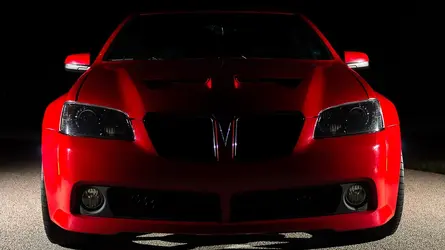Off-brand flashes simply don't provide the power and features of the Nikons, but they are an option.
I'm not quite sure what this means.
I think it means the GN power rating of the low cost 3rd party flash units is not accurate, and they produce less power than they claim.
Is that proven, or is it internet-pro photographer-speak? More importantly, even
if it's true (and I have my reasons for doubting it - see testimony below), is there enough of a difference to even
matter?
I have both the expensive brand name Canon 580EXII flashes (2) and the inexpensive 3rd party answer to that flash, the Yongnuo YN-565EX (2).
My reason for doubting the "inferiority" claims of inexpensive flashes and triggers in comparison to the expensive name-brands that are common on internet forums, is that after several years of working with the Canons and about a year and a half working with the Yongnuos AND the Canons, I now use them all interchangeably, all the time, without a second thought - because it's never been an issue or a problem - ever - not once. Specifically, power is not an issue, either in terms of how much there is to work with nor how accurate it appears to be when dialing it in, nor is color temperature. ETTL works just as well on all of them (though I rarely use it), and build quality is not a perceptible issue.
Over the years, I've also used several different triggering systems, from cords and cables to cheap chinese radio triggers to proprietary triggers that came with studio strobes to Canon's IR including use with a genuine Canon commander, to expensive Radio Poppers. Guess what? They all did
exactly the same thing: Fired my flashes. Each had it's own strengths and weaknesses, but the bottom line is: They all did essentially the same thing when you get right down to it, whether they cost me $15 each or $215 each.
Looking back, I should have saved myself a pile of dough by ignoring the gear snobs who said that the cheaper ones were SOOOOOO inferior to the expensive brand-name ones. In a nutshell: If they fire your lights consistently at the distances and environments you use them, that's all that matters.
These days (except for the
very rare occasion when I want to use ETTL), I'm using Yongnuo RF-603 series triggers, and they work great for my needs. Plenty of range, common AAA batteries, play nice and work fine with all my speedlights and studio strobes, they're transceivers, so any one of them can send or receive and they do it on the fly - no programming and no instructions needed, 16 channels in case you need to switch because of other photographers also triggering, and they even work as shutter triggers so any one trigger in hand fires everything so they include a cable with each unit to fit your camera's shutter trigger input AND they each sport a PC sync port.
For ease of use, you can't beat 'em: You put in fresh batteries, hot-shoe or plug them into whatever you want to control, turn them on, and shoot - They're straightforward and they just plain work. Build quality is not an issue - In over a year now of working with them, dropping them, throwing them into bags and dragging them around the country - they've failed me exactly
ZERO times. I own and use 8 of them, and I repeat - not one failure - ever. They just plain work.
Bottom line: They work great and they're mega-cheap, so it's easy on the wallet to own 2, 4, 6, 8, 12 or even more of the things, so you can go totally crazy with triggering as many lights and cameras as you want without going to the poorhouse.




![[No title]](/data/xfmg/thumbnail/39/39490-b2e64c58554ef92efe2474950d27753d.jpg?1734173590)








